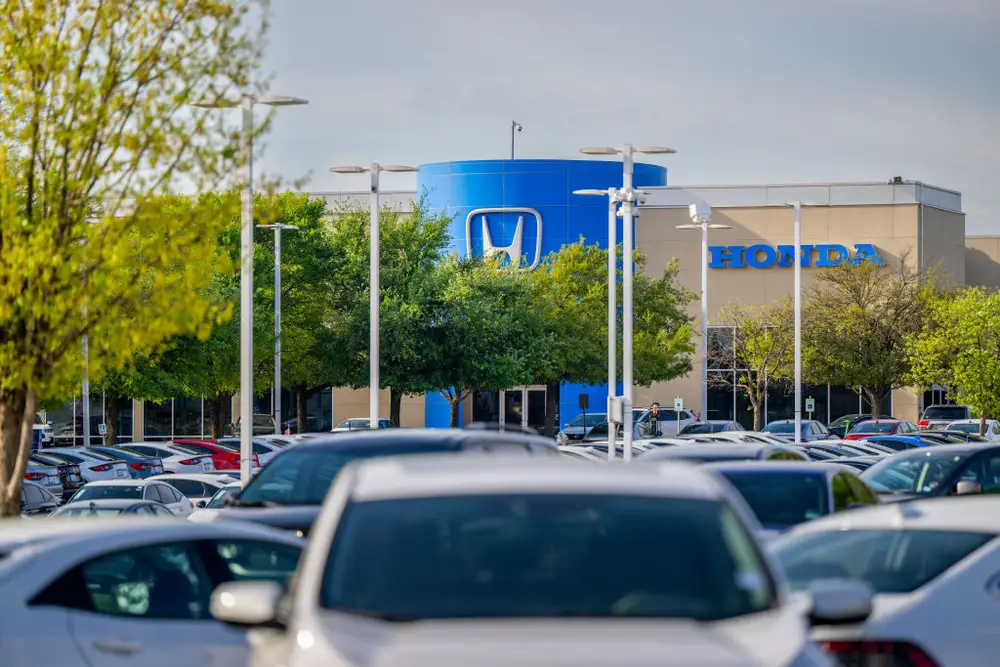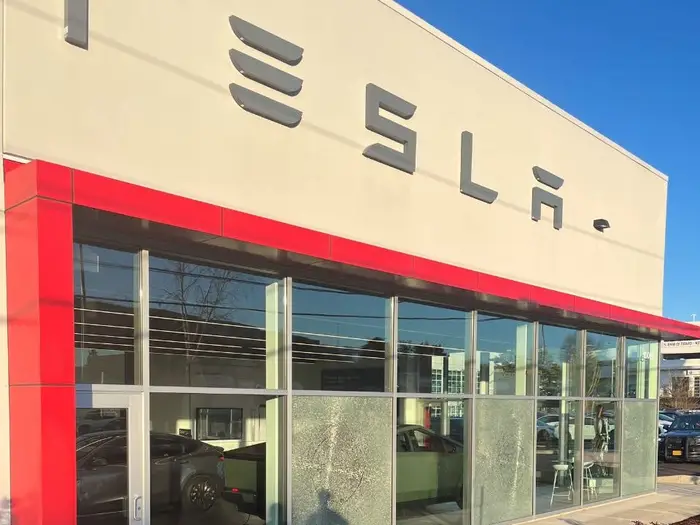People are delaying buying new cars, creating a deflationary ‘spiral’ that’s bad news for the auto industry

It’s finally getting easier to buy a new car, but shoppers are still hesitant.
High interest rates remain a big deterrent for many car shoppers, and price volatility has some car shoppers delaying their purchases in hopes they can get an even better deal in a month or two.
That’s creating a big problem for the automotive industry, according to one economist.
The average price paid for a car ($48,389 in May, according to Cox Automotive) is down from its peak at the end of 2022, thanks to a return to normalcy in automotive production.
But with interest rates still averaging between 6.7% and 11.9%, according to Experian, many shoppers are still choosing to put off their purchase.
As car shoppers try to wait out interest rates and price changes, Jonathan Smoke, an economist for Cox Automotive, says the industry is on the verge of what economists call a “deflationary spiral.”
This phenomenon occurs when consumers push out their purchases, reducing demand and causing supply to pile up, putting pressure on prices. As prices continue to fall, it creates a vicious cycle that only encourages shoppers to continue putting off their purchases in hopes of a better price down the road.
“Both new and used vehicle prices have been declining for two years,” Smoke wrote in a recent blog. “Initially, this was a correction and return to normalcy, but the market is at an inflection point because consumers now expect that prices will keep falling.”
Durable goods are already in a recession
Cars are “durable goods,” or products that do not quickly wear out and are useful over a long period of time. Other durable goods include home appliances, furniture, sports equipment, and even toys.
According to Smoke, durable goods are already in a recession due to deflation.
“We are no longer in 2023, when pent-up demand, excess pandemic savings and revenge spending kept the economy growing despite the Fed’s aggressive tightening,” he wrote. “We have been on cruise control in restrictive territory for nine months.”
While much has been made of a slowdown in electric vehicle demand as consumers become more frugal and practical, a similar trend is also spreading industry-wide.
While vehicle sales are still on the rise, the momentum of growth is decelerating. Higher levels of inventory are putting pressure on vehicle prices, which fell 1% in May, according to Cox. About 41.2% of vehicles sold last month transacted for less than $40,000—up from about 37% a year ago. That’s a sign that market demand is shifting to more affordable models.
All of it adds up to an uncertain summer ahead for the automotive industry, which Smoke writes could be challenging “if consumers en masse believe they are better off waiting to purchase.”






